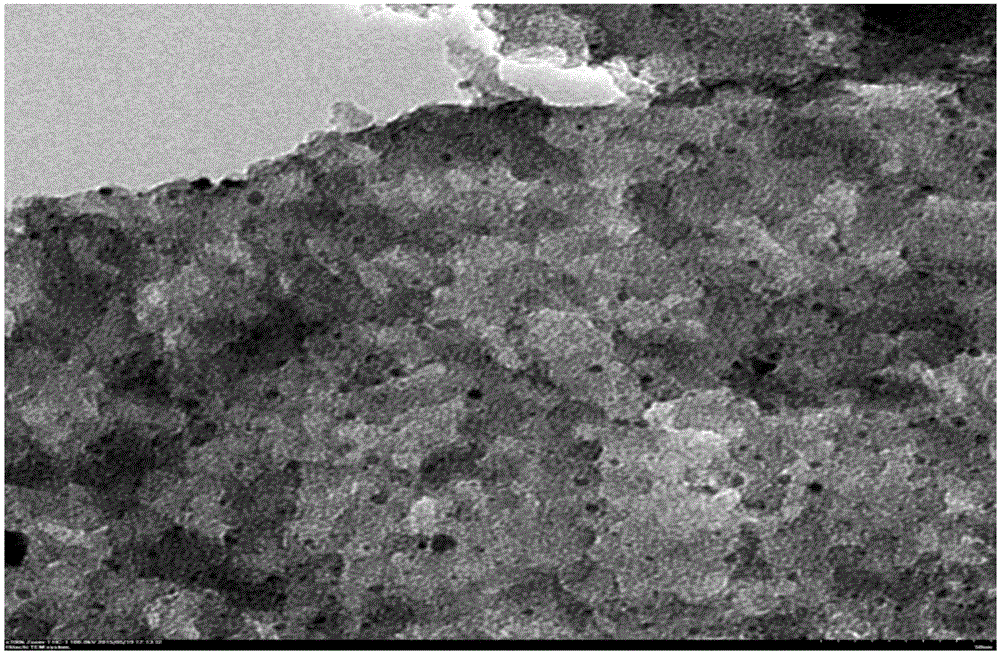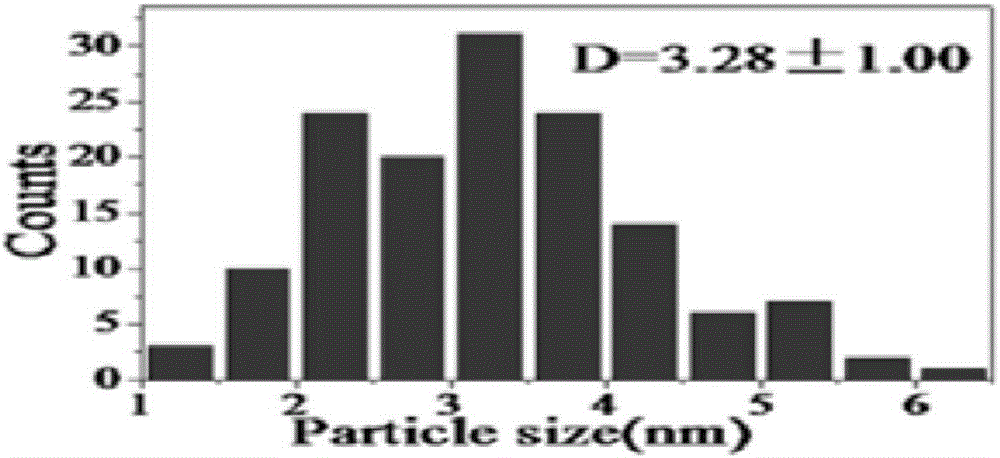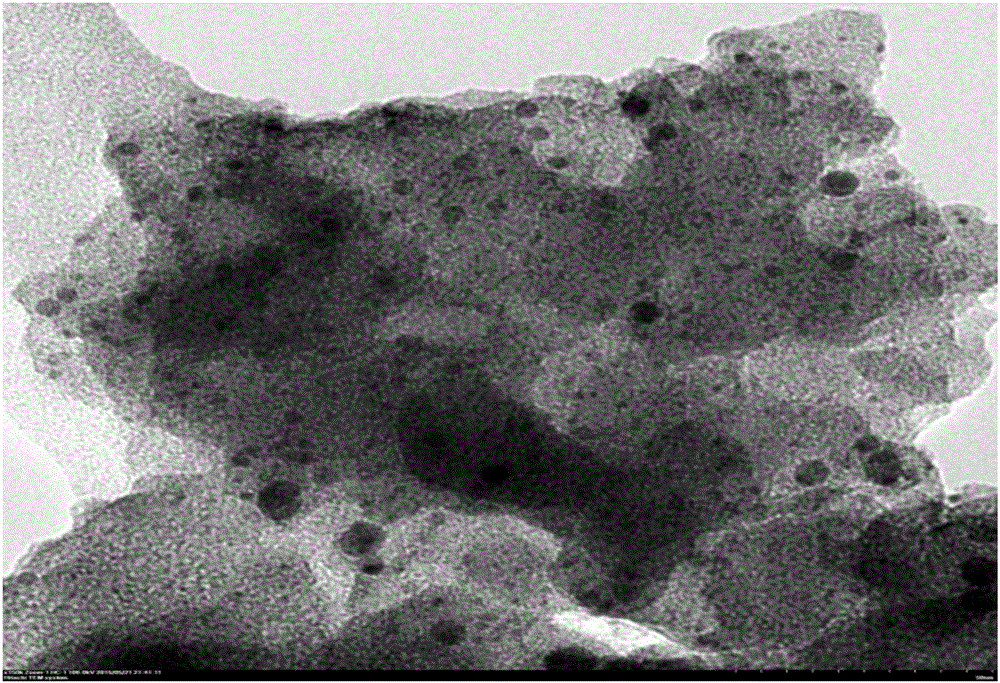Reactivation method of biotin-intermediate hydrogenation palladium-carbon catalyst
A technology of palladium carbon catalyst and carbon catalyst, which is applied in the direction of catalyst regeneration/reactivation, physical/chemical process catalyst, metal/metal oxide/metal hydroxide catalyst, etc., which can solve the problem of ineffective catalyst, unstable catalyst, Destroy catalyst structure and other problems, achieve continuous application, solve poisoning, and high activation efficiency
- Summary
- Abstract
- Description
- Claims
- Application Information
AI Technical Summary
Problems solved by technology
Method used
Image
Examples
Embodiment 1
[0033] Embodiment 1 new palladium carbon biotin intermediate hydrogenation
[0034] Add 30 g of the substrate and 150 g of methanol to dissolve completely, add 1.5 g of 7.5% palladium carbon, put it into a high-pressure reactor, replace the air with nitrogen, then replace the nitrogen with hydrogen, then pass through hydrogen at 1.0 MPa, stir and heat up to 80°C, react for 10 hours, and filter out the material palladium on carbon, and the filtrate was sampled for analysis.
[0035] Replace the old palladium carbon that has been filtered with new palladium carbon and repeat the above hydrogenation process. After the reaction is completed, the material is discharged, the palladium carbon is filtered, and the filtrate is sampled and analyzed. The results are shown in Table 1 below
[0036] Table 1 Example 1 New and old palladium carbon hydrogenation activity comparison
[0037] catalyst raw material temperature pressure time Conversion rates new catalyst ...
Embodiment 2
[0039] Add 20ml of methanol to the catalyst filtered after hydrogenation of the new palladium carbon in Example 1, heat up to 50-60°C, stir and wash for 30min, filter and repeat washing 2-3 times; after filtration, put the catalyst in deionized water at 50-90°C and stir Wash for 0.5h to 3h, filter and repeat washing with deionized water for 1 to 2 times. This catalyst adopts embodiment 1 method to evaluate, and reaction finishes, and filter sampling analysis.
Embodiment 3
[0041] Add 15 ml of deionized catalyst washed with methanol and deionized water in Example 2, stir and heat up to 60° C., add 10 g of 30% hydrogen peroxide dropwise, continue stirring for 1 hour, and filter to obtain the oxidized catalyst. This catalyst adopts embodiment 1 method to evaluate, and reaction finishes, and filter sampling analysis.
PUM
 Login to View More
Login to View More Abstract
Description
Claims
Application Information
 Login to View More
Login to View More - R&D
- Intellectual Property
- Life Sciences
- Materials
- Tech Scout
- Unparalleled Data Quality
- Higher Quality Content
- 60% Fewer Hallucinations
Browse by: Latest US Patents, China's latest patents, Technical Efficacy Thesaurus, Application Domain, Technology Topic, Popular Technical Reports.
© 2025 PatSnap. All rights reserved.Legal|Privacy policy|Modern Slavery Act Transparency Statement|Sitemap|About US| Contact US: help@patsnap.com



